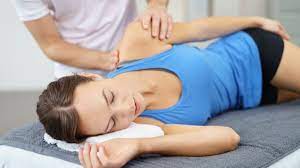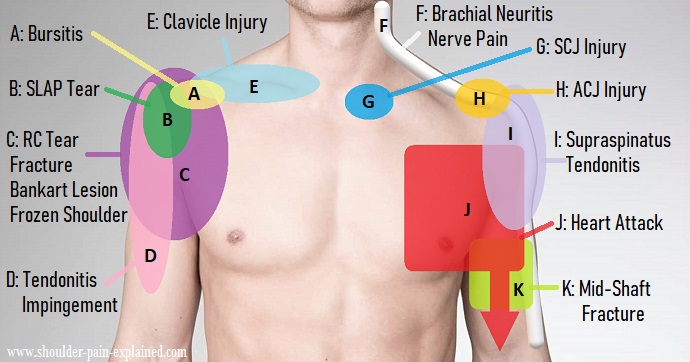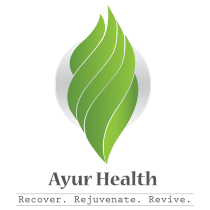Shoulder Pain Relief: Expert Hands, Happy Shoulders


Introduction:
Shoulder pain and frozen shoulder can be debilitating conditions that affect your daily life, making even simple tasks challenging. Whether you’re an athlete, an office worker, or someone who enjoys an active lifestyle, dealing with shoulder pain is no fun. In this article, we will explore effective exercises to help alleviate shoulder pain and regain your range of motion.
Remedial massage and shoulder pain
Remedial massage offers targeted relief for shoulder pain by employing specialized techniques to address underlying issues. This therapeutic approach aims to enhance blood circulation, reduce muscle tension, and promote joint flexibility, ultimately alleviating discomfort. By focusing on specific areas of concern, remedial massage aids in improving posture, enhancing range of motion, and fostering overall shoulder well-being. Experience the rejuvenating benefits as our skilled therapists tailor sessions to your unique needs, providing effective and lasting relief from shoulder pain.
Understanding Shoulder Pain and Frozen Shoulder
What is Shoulder Pain?
It can result from various causes, including rotator cuff injuries, bursitis, tendonitis, and arthritis. It often leads to stiffness, reduced mobility, and discomfort.
Frozen Shoulder Explained
Frozen shoulder, or adhesive capsulitis, is a condition characterized by the gradual loss of joint mobility. It can be incredibly painful, and sufferers may find it challenging to move their arms in any direction.
Benefits of Exercise
Strengthening the Muscles
Regular exercises help strengthen the muscles around the joint joint, providing more support and stability.
Improving Flexibility
Exercises help increase the range of motion in your joint, reducing stiffness and discomfort.
Pain Management
Specific exercises can help alleviate pain and discomfort associated with joint issues.
Effective Exercises for Frozen Shoulder
1. Pendulum Stretch (H1):
Gently swing your arm in a circular motion to increase flexibility and reduce tension.

2. Wall Climbs (H1)
Use your fingers to “climb” the wall, promoting joint mobility.
3. Arm Circles (H2)
Rotate your arms in circular motions, gradually increasing the diameter to improve range of motion.
4. Shoulder Blade Squeeze (H2)
Squeeze your shoulder blades together to strengthen the upper back muscles.
5. Shoulder Flexion Stretch (H3)
Raise your arm overhead and reach behind your head to stretch the joint.
6. Doorway Stretch (H3)
Use a doorway to stretch the chest and front muscles.
7. External Rotation (H4)
With an exercise band, perform external rotation exercises to strengthen the rotator cuff.
8. Internal Rotation (H4)
Similar to external rotation, but inward, to balance the joint muscles.
Long-term Management and Prevention
Maintaining a Routine (H1)
Maintaining a regular schedule is crucial. Incorporate these exercises into your daily regimen.
Consult specialist (H2)
Seek advice from our Ayurvedic doctor or orthopedic specialist.
Lifestyle Adjustments (H3)
Consider lifestyle changes to prevent future joint problems.
Conclusion
Shoulder pain and frozen shoulder can be extremely uncomfortable, but with the right exercises and care, you can regain your mobility and live a pain-free life. It’s essential to consult with a healthcare professional for a personalized plan that suits your specific needs.
FAQs
1. How long does it take to see improvement with these exercises?
- Results vary, but many people experience relief within a few weeks of regular exercise.
2. Are there any exercises to avoid if I have a frozen shoulder?
- It’s essential to consult a healthcare professional before attempting any exercises with a frozen joint, as some movements may exacerbate the condition.
3. Can I use these exercises as a preventive measure for shoulder pain?
- Yes, incorporating these exercises into your routine can help prevent future joint issues.
4. Are there any additional treatments for shoulder pain?
- In severe cases, our Ayurveda doctor may recommend injections, medications, or surgery.
5. Can I do these exercises at home without any equipment?
- Most of the exercises can be done at home without any special equipment, making them accessible to many individuals.
Remember that it’s essential to consult with an Ayurvedic doctor before beginning any new exercise regimen, especially if you have a pre-existing medical condition or are experiencing severe pain. These exercises are meant to provide general relief, but a personalized plan is always the best approach to addressing your unique needs.
